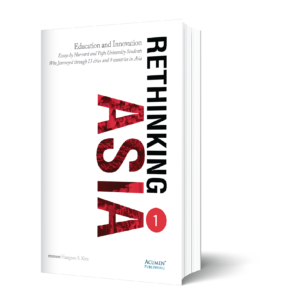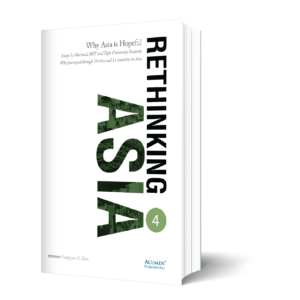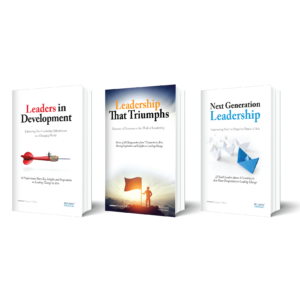ISBN: 978-0-9904361-1-9
Description
Eurasia. The word evokes not only a sense of romance and unexplored possibilities but also—increasingly in our times—great economic and geopolitical significance. Home to 70% of the world’s population, or approximately 5 billion people, Eurasia, connoting the Asian and European continents combined, has been called the “super-continent,” the “world island” that will define the 21st century. True or not? Eurasia’s impact on the world’s civilizations goes back to thriving 8th-century economies cultivated by the Silk Road trade routes. The cultural exchanges that happened among China, India, Persia, Arabia, Greece, and Rome in ancient times were the forerunners of today’s borderless international landscape. Today, the phrase “he who rules the world island commands the world” underscores the re-emerging dominance of key players in the region, particularly China, Russia, and Europe. Truly, to be in Eurasia is to be at the center of the world. This is why a total of fifty-six scholars from Harvard University, MIT, and several other renowned educational institutions joined two Treks, in January and June of 2018, to experience first-hand the complexities of “East meets West.” Their many destinations included cities in Azerbaijan, Georgia, India, Japan, Korea, Malaysia, Moldova, Singapore, Turkey, Turkmenistan, and Ukraine. Rethinking Asia 5: Realities and Aspirations of the New Eurasia is the product of eight weeks’ experiences and twelve scholars’ investigations into the promises and prospects of the ever-evolving “world island.”

![Any Three (3) Rethinking Asia Series [Paperback]](https://asialeadership.org/wp-content/uploads/2022/07/COMBO-16-300x300.png)
![Full Set (6) Rethinking Asia Series [Paperback]](https://asialeadership.org/wp-content/uploads/2022/07/COMBO-15-300x300.png)



